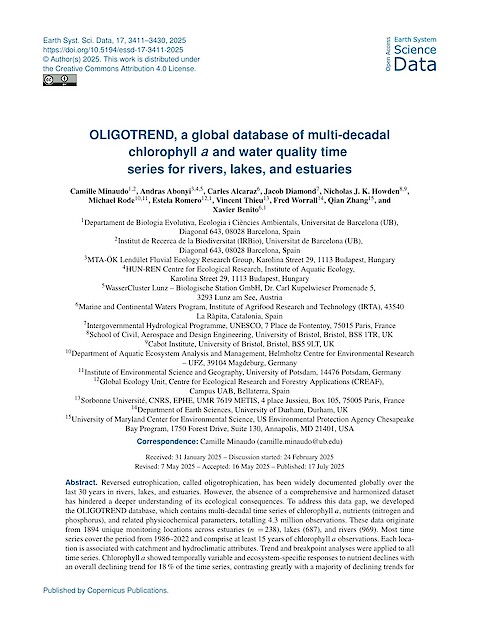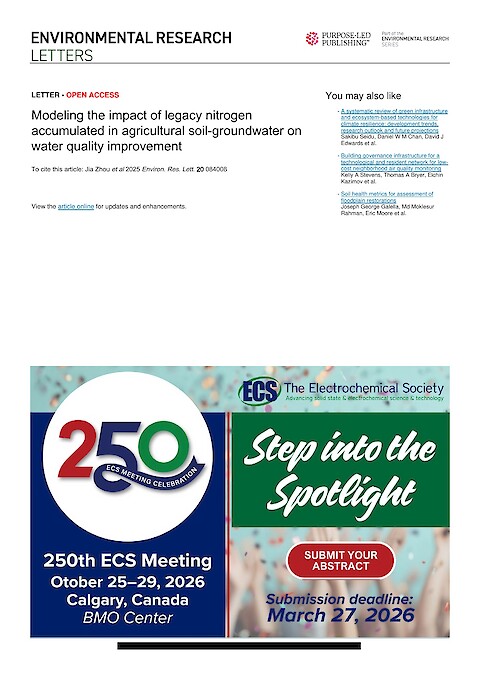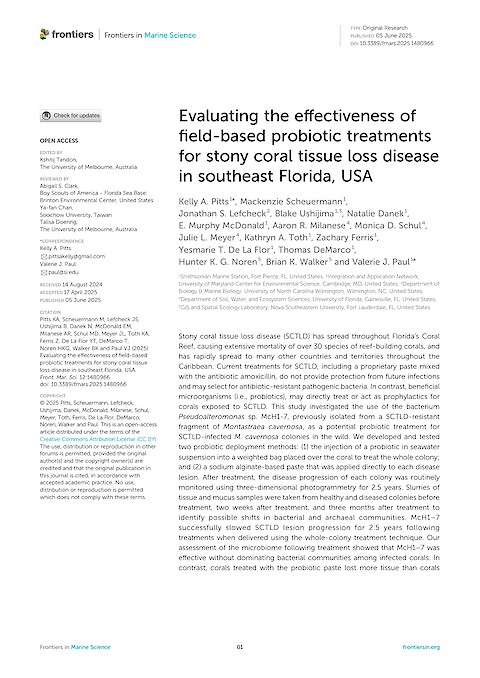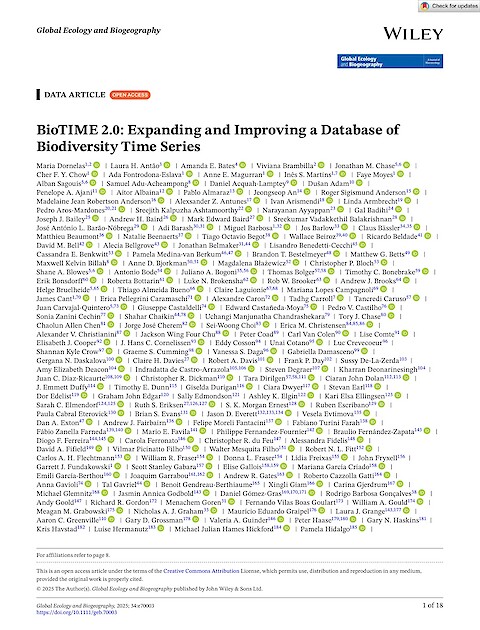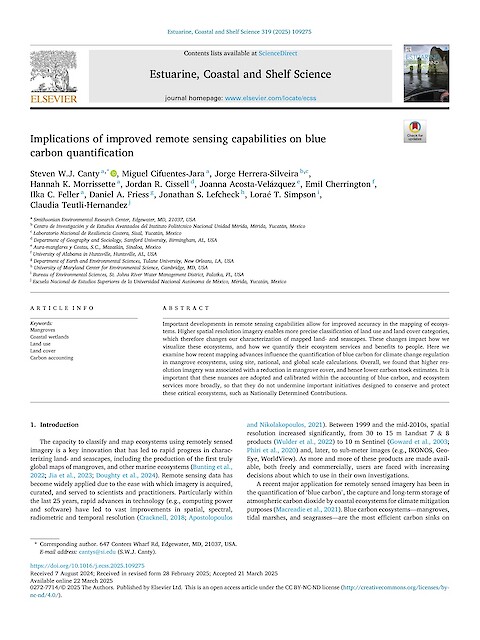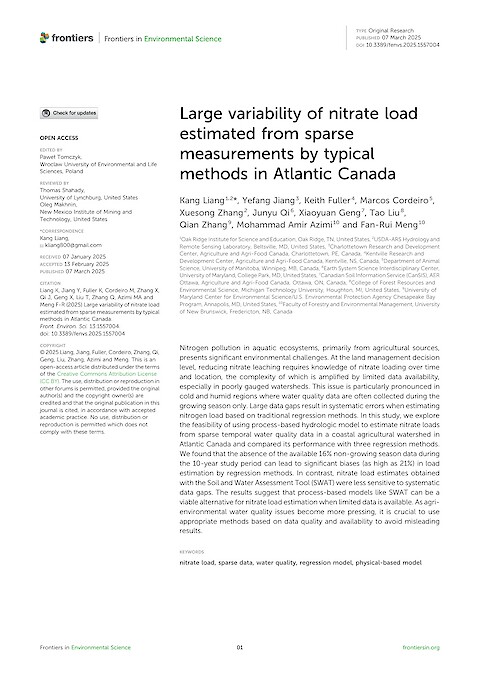BioTIME 2.0: Expanding and Improving a Database of Biodiversity Time Series
Dornelas M, Antão LH, Bates AE, Brambilla V, Chase JM, Chow CFY, Fontrodona-Eslava A, Magurran AE, Martins IS, Moyes F, Sagouis A, Adu-Acheampong S, Acquah-Lamptey D, Adam D, Ajani PA, Albaina A, Almaraz P, An J, Anderson RS, Anderson MJR, Antunes AZ, Arismendi I, Armbrecht L, Aros-Mardones P, Ashtamoorthy SK, Ayyappan N, Badihi G, Bailey JJ, Baird AH, Baird ME, Balakrishnan SV, Barão-Nóbrega JAL, Barash A, Barbosa M, Barlow J, Bässler C, Beaumont M, Beenaerts N, Begot TO, Beiroz W, Beldade R, Bell DM, Bellgrove A, Belmaker J, Benedetti-Cecchi L, Benkwitt CE, Berkum PM-v, Bestelmeyer BT, Betts MG, Billah MK, Bjorkman AD, Błażewicz M, Bloch CP, Blowes SA, Bode A, Bogoni JA, Bolger T, Bonebrake TC, Bonsdorff E, Bottarin R, Brokensha LN, Brooker RW, Brooks AJ, Bruelheide H, Bueno TA, Laguionie C, Campagnoli ML, Cant J, Caramaschi EP, Caron A, Carroll T, Caruso T, Carvajal-Quintero J, Castaldelli G, Castañeda-Moya E, Castilho PV, Cechin SZ, Chaikin S, Chandrashekara UM, Chase TJ, Chen CA, Cherem JJ, Choi S-W, Christensen EM, Christianini AV, Chu JWF, Coad P, Van Colen C, Comte L, Cooper EJ, Cornelissen JHC, Cosson E, Cotano U, Crevecoeur L, Crow SK, Cumming GS, Daga VS, Damasceno G, Daskalova GN, Davies CH, Davis RA, Day FP, De-La-Zerda S, Deacon AE, de Castro-Arrazola I, Degraer S, Deonarinesingh K, Diaz-Ricaurte JC, Dickman CR, Dirilgen T, Dolan CJ, Duffy JE, Dunn TE, Durigan G, Dwyer C, Earl S, Edelist D, Edgar GJ, Edmondson S, Elgin AK, Ellingsen KE, Elmendorf SC, Eriksen RS, Ernest SKM, Escribano R, Eterovick PC, Evans BS, Everett JD, Evtimova V, Exton DA, Fairbairn AJ, Fantacini FM, Farah FT, Farneda FZ, Favila ME, Fernandez-Fournier P, Fernández-Zapata B, Ferreira DF, Ferronato C, du Feu CR, Fidelis A, Fifield DA, Filho VP, Filho WM, Fitt RNL, Flechtmann CAH, Fraser WR, Fraser DL, Freixas L, Fryxell J, Fundakowski GJ, Gabara SS, Gallois E, Criado MG, García-Berthou E, Garrabou J, Gates AR, Gatti RC, Gavioli A, Gavriel T, Gendreau-Berthiaume B, Giam X, Gjerdrum C, Glemnitz M, Godbold JA, Gómez-Gras D, Gonçalves RB, Goold A, Gordon RR, Goren M, Goulart FVB, Gould WA, Grabowski MM, Graham NAJ, Graipel ME, Grange LJ, Greenville AC, Grossman GD, Guinder VA, Haase P, Haskins GN, Havstad K, Hermanutz L, Hickford MJH, Hidalgo P, Higuchi P, Hoey AS, Van Hoey G, Hofgaard A, Holeck KT, Hollister RD, Holmes RT, Hoogenboom MO, Hortal J, Horton T, Hsieh C-h, Huffard CL, Huikkonen I-M, Hurlbert AH, Hynes J, Irz P, Macedo Ivanauskas N, Iwayama A, James DK, Jandt U, Jażdżewska AM, Jocque M, Johnston ST, Jones SEI, Jones FAM, Jones JA, Jucevica E, Kagainis U, Kagami M, Kang J, Ke X, Keeley EC, Kinnear R, Klanderud K, Klinck U, van Klink R, Klotz S, Knockaert C, Knutsen H, Koivula M, Kortz A, Kriegel P, Kuo C-Y, Kushner DJ, Kyerematen R, Lagarde R, Lancaster LT, Landau OF, Van Landuyt W, Larson ER, Lazarus M, Lee CM, Lefcheck JS, Lembrechts JJ, Ferreira de Lima RA, Lima RG, Lima NGS, Linares C, Lindstrom SC, Lloret F, Lloyd JD, Lobato CMC, Lodge DM, Long PR, López-Abbate C, López-Baucells A, Louzada J, Louzao M, Lugliè A, Luiz MR, Macdonald SE, Madin JS, Magalhães ALB, Mahabir R, Maphisa D, Martin TE, Martins M, Martone PT, Matesanz S, Matsuzaki S-iS, Matthews TJ, Matthews IM, Maxwell CJ, McFarland KP, McGill BJ, McKnight DM, McWilliam MJ, Meador J, Meesenburg H, Meier K, Melecis V, Meserve PL, Meyer CFJ, Michelsen A, Miiller NOR, Milardi M, Milchakova N, Miller RJ, Millett J, Moens T, Montag LFA, Moore J, Müller J, Murali A, Murray SA, Myers-Smith IH, Myster RW, Nakamura M, Nayar S, Neat F, Nelson JA, Nelson MP, Nikolov BP, Nouioua R, Nsor CA, O'Connor M, Obodai EA, Offland AM, Ogaya R, Ogura H, Okey TA, Olden JD, Oliveira-Santos LGR, Oliver JC, Olsen EM, Onipchenko VG, Oro D, Ozolins D, Pabis K, Padedda BM, Palacio FX, Paquette A, Pardede ST, Paterson DM, Pausina S, Pélissier R, Pennings SC, Penuelas J, Pereira FW, Peroni N, Picó S, Pilotto F, Pinheiro HT, Pizarro O, Pizzolotto R, Pomati F, Pompeu PS, Ponton D, Post E, Poulet N, Pöyry J, Presley SJ, Prins HHT, Provoost P, Prudic KL, Punjayil V, Pyšek P, Querner P, Quimbayo JP, Ramnarine IW, Reed DC, Reich PB, Remillard SM, Richards C, Richardson AJ, van Rijn I, Rivera-Monroy VH, Rixen C, Robinson KP, Rocha R, Rodrigues RR, Rodrigues C, de Roos B, de Rossa-Feres DdC, Rosselli L, Rothlisberg PC, Rubio A, Rudstam LG, Ruz CS, Rybicki NB, Van Ryckegem G, Rypel AL, Sadler JP, Saito VS, Sal S, Salomão RP, Sanders NJ, Santos FAM, dos Santos TG, Sarker SK, Scanga SE, Schaub M, Schmidt J, Schmidt IK, Schooley RL, Schultz A, Scotti A, Serpell-Stevens A, Serrano FC, Shadwick EH, Shaft M, Sherry TW, Shimabukuro EM, Siciński J, Sievers C, da Silva FR, da Silva AC, Silveira JM, Siqueira T, Sivadasan AK, Sivan PTP, Skuja A, Slaughter AL, Slingsby JA, Smith JR, Soares BE, Solan M, Souza FM, Souza GBG, Sprague JL, Stachow U, Stadt JJ, Stallings CD, Stanchev RH, Stanley EH, Starzomski BM, Sterza JM, Stevens M, Stiles FG, Stoll S, Stuart-Smith RD, Súarez YR, Super L, Supp SR, Sutela T, Suthers IM, Suuronen A, Swadling KM, Szydlowski DK, Taki H, Taylor SJS, Tedesco PA, Teichert N, Terui A, Thiede GP, Thimonier A, Thomas O, Thompson PA, Thorn S, Tiemann JS, Toledo LF, Tolvanen A, Toniato MTZ, Torre I, Tortato MA, Totsu K, Trant A, Twilley RR, Urabe H, Valade P, Valdivia N, Vallejo MI, Valone TJ, Vanaverbeke J, Vasconcelos TS, Vehanen T, Venturoli F, Verheye HM, Vermeulen HJW, Verstraeten A, Vianna M, Vieira R, Vieira-Alencar JPS, Vilella M, Vitule JRS, Van Vu L, Waide RB, Warren PS, Wayman JP, Webb SL, Weigel B, Welti EAR, West F, Westermann F, Whalen MA, White EP, Widdicombe CE, Williams R, Williamson M, Willig MR, Wipf S, Woehler EJ, Woldering A, Woods KD, Xu W-B, Yahel R, Yang Z, Zawada KJA, Zornosa-Torres C, and Zvuloni A ·
2025
Here, we make available a second version of the BioTIME database, which compiles records of abundance estimatesfor species in sample events of ecological assemblages through time. The updated version expands version 1.0 of the database bydoubling the number of studies and includes substantial additional curation to the taxonomic accuracy of the records, as well asthe metadata. Moreover, we now provide an R package (BioTIMEr) to facilitate use of the database.
Read more

